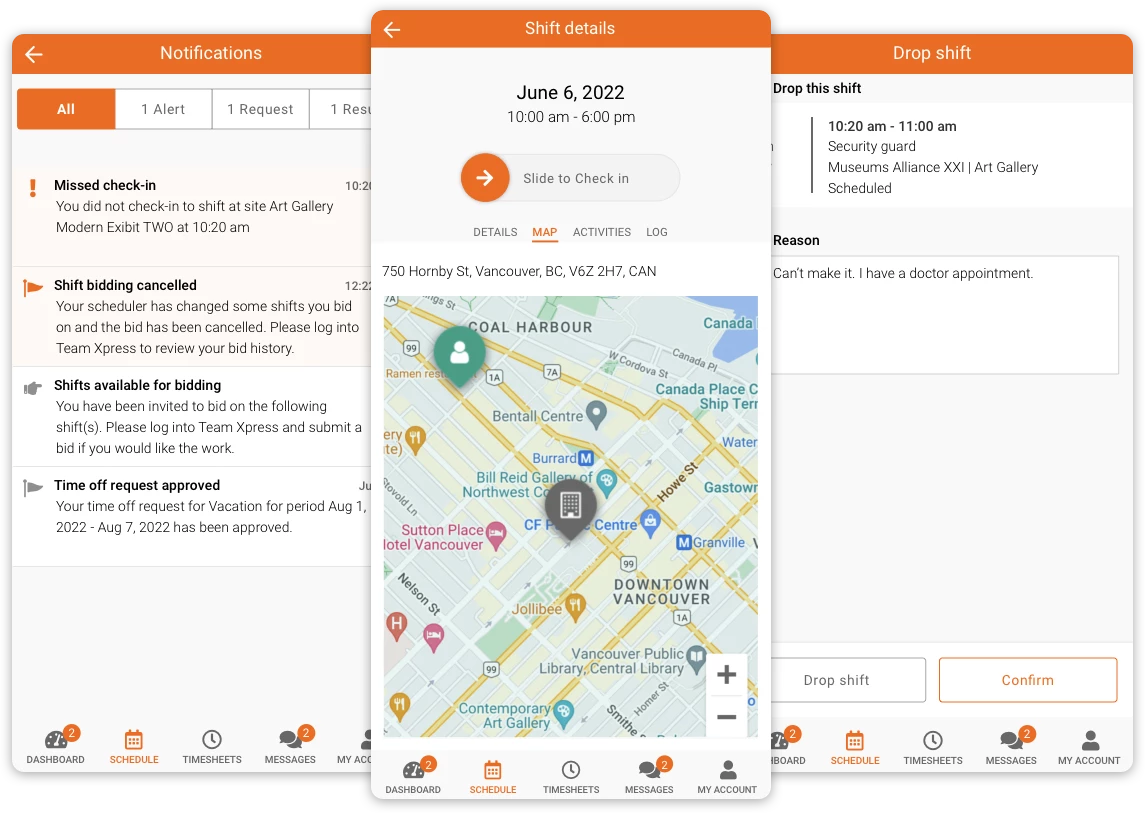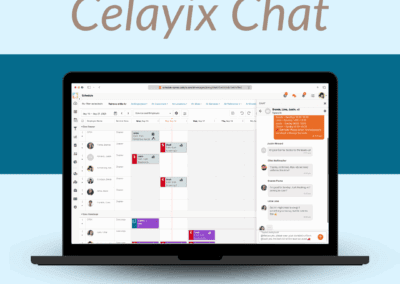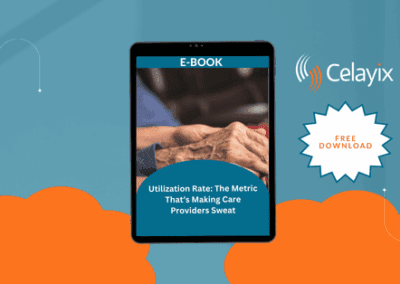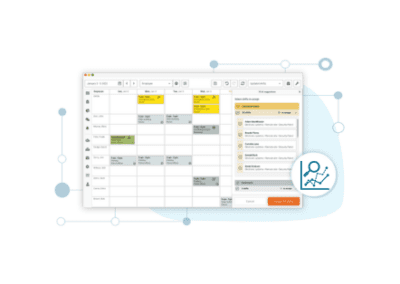In recent years, technology has been considered the driving force towards a digital transformation in the home healthcare industry. Recent innovations have helped home healthcare agencies improve patient monitoring, transform patient relationships, enhance caregiver accountability and ultimately improve overall operations. Although we’re all sick of hearing about the negative impact of the Covid-19 pandemic, in this case, the consequences have been largely positive. Thanks to technology, and the incumbent digital transformation, home healthcare agency staff and patients can be protected from exposure to Covid-19.
It has also become a means of connection and monitoring for patients that are isolated. Generally, technology is used in the home healthcare industry to bridge geographic distances and provide access to expert healthcare regardless of location. In fact, the digital transformation in the home healthcare industry can help to:

- Reduce rehospitalization
- Improve patient outcomes
- Enhance patient comfort in home settings
- Provide immediate feedback and support to patients
So, what will the next phase of the digital transformation look like for home healthcare agencies, and how can they prepare for it?
The next phase of the Home Healthcare Agency Digital Transformation
For quite some time, home healthcare agencies have been largely paper based. Most agencies that are still deeply reliant on paper records are still trying to comprehend what the digital transformation will look like for them. A huge part of moving away from paper records will come with the transition to digital records for EVV (electronic visit verification). While the core purpose of EVV is to reduce fraud, it also aims to improve patient experience. As you can imagine, home healthcare agencies are a business and their patients are their customers. The better the patient experience is, the more profitable an agency will be, right? Well, according to research by Deloitte who collaborated with the Scottsdale Institute, agencies are certainly realising this. Most survey respondents are hoping to achieve better patient experience (92%) as the top desired outcome from digital transformation.
Barriers to digital transformation
While this all sounds great, and all agencies should simply be embracing technology to speed up the digital transformation, it’s not that easy. According to respondents to the Deloitte survey, there are 3 main challenges; talent, data and key performance indicators. Most agencies do not have an abundance of IT staff who can take ownership of, or champion an internal digital transformation. Finding, hiring and utilising the right quality and quantity of staff to drive digital transformation is a huge challenge for agencies at present. With this, one third of respondents highlighted talent as their top investment priority over the next 3 years.
Collecting, managing and utilizing data is also a challenge for HHCAs. With data coming from multiple sources, and of course having access to extremely sensitive information, HHCAs must ensure they have airtight data processing policies. Along with that, the development of the right KPIs to stay focused is crucial too. HHCAs must avoid getting lost in the digital transformation and being overwhelmed with data and tools. Again, patient experience is the most important indicator for success.
How to prepare for Digital Transformation as a Home Healthcare Agency
So, digital transformation is unavoidable for all HCAs, but what can you do to prepare? There are so many things to consider before becoming a fully digital operation, so let’s break them down.
Cybersecurity
As we mentioned above, HHCAs are collectors of very sensitive patient data. Unfortunately, threats to cybersecurity are one of the biggest challenges that HHCAs have faced with this digital transformation. Since the onset of the pandemic, healthcare facilities have been some of the top targets for ransomware attacks. With that in mind, the privacy and security of patient data should be the top digital priorities for healthcare systems. Researching, creating and enforcing a cybersecurity policy should certainly be one of the first steps for HHCAs to take when embracing digital transformation. Investing in protection and privacy infrastructure is also essential.
Communication
Communication is absolutely vital for HHCAs. Being able to communicate in real-time is definitely something that needs to be considered as you lean into digital transformation. Again, remember that these communications will likely contain sensitive patient data, so encrypting or protecting it is essential. Ideally, with this real-time communication, many healthcare providers and experts would be able to contribute instantly.
Voice First Technology
Most of us have probably started to utilise voice-first technology in our own day-to-day lives. But, have you ever considered the applications it might have in home healthcare? Voice assistant technology can really help elders and disabled patients feel more relaxed and interactive. In turn, they become more self-sufficient in their daily routines by using voice commands. This can maybe alleviate some pressure on home healthcare providers in the future too.

Attendance Tracking
With EVV, and other leaps in the digital transformation, we are finally seeing improved accountability in the field. Before these advancements in technology, agencies had to just assume that healthcare providers arrived to patient sites on time, did their job, and left on time. As a result, fraud in the industry has been a long-standing issue. So, it’s absolutely crucial for HHCAs to invest in time & attendance software (like Celayix) that can help them totally eliminate fraud and save money. Celayix time & attendance software uses technology known as geofencing, which creates an area around the patient house where caregivers can check in/out. It records the time and location of the check in, and prevents caregivers from checking in while off-site. This data can be used for EVV purposes, but also to improve payroll and billing accuracy.
While this is great for HHCAs, it’s also great for patients as it ensures that they are receiving the care they need, when and where they need it. Another benefit of Celayix software for HHCA digital transformation toolkit is Field Reporting and Shift Tasks. HHCAs can assign and monitor task completion through the employee app. Caregivers can also report any incidents or important information directly to headquarters. All caregivers must sign off on a patient before checking out of that shift/visit.
There are many other countless ways to prepare for a digital transformation as a home healthcare provider. However, arguably the most important step is to be open minded and embrace technology in your agency. While change can be difficult, it can also be transformative! Technology can ultimately improve patient satisfaction, patient health and safety, and also caregiver operations. If you’d like to hear more about how Celayix can help your agency prepare for digital transformation, get in touch today.




